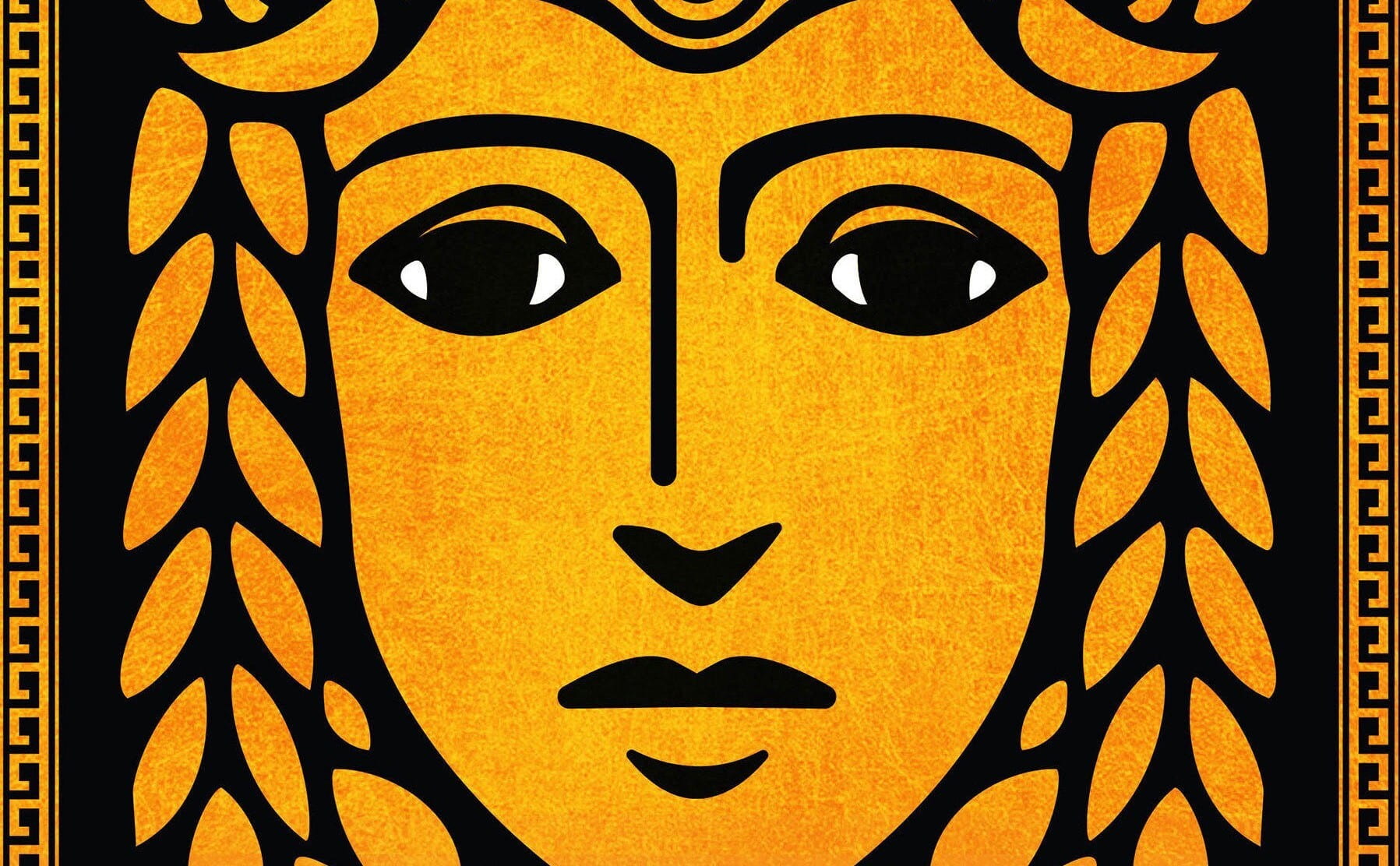Photo: Cover art of Circe. Credit: Madeline Miller
Circe: A Human Witch? Reviewing Madeline Miller’s “Epic”
By Olivia Wells
If you’ve read the Odyssey, you remember the enchantress Circe. While the legendary epic doesn’t tell us much about her background, we know she’s wily like Odysseus; she has magical powers and turns men to pigs, seemingly for fun. In a new retelling of this familiar story from antiquity, Madeline Miller expands the witch’s short role in the Odyssey into a full novel, Circe, which illuminates her story in a feminist light while harkening back to Homer’s epic.
I first was introduced to Miller’s Circe in March 2018, a month before its publication, at a promotional reading by Miller at my high school. Two years later, while in quarantine back in my high school bedroom, I finally read Circe. The book provided an escape from the pandemic, transporting me from lockdown to the isle of Aiaia in the far distant past.
When it comes to historical retellings, Miller knows what she’s doing. She looks for the characters who have traditionally been objectified in translation, specifically female characters such as Circe and Odysseus’ wife, Penelope, who plays a major role in the novel. During a recent talk between Miller and Penn professor and translator Emily Wilson, hosted by Sweet Briar College, Miller pointed out that “in particular, women in mythology are really veiled and otherised.” Her work also takes interest in other silent figures from Homer. In her first book, The Song of Achilles, she placed the first person narrative in the hands of Patroclus, Achilles’ right-hand man and supposed lover, who sacrificed himself for the Greek hero—while remaining a voiceless character in the Iliad. In a similar vein, her newest book gives that narrative power to her titular character Circe, providing more dimension to the goddess formerly known only as Odysseus’ witchy lover.
Circe’s book jacket reads: “there is danger… for a woman who stands alone.” Dangers to be found in realizing one’s own strength, the force of human emotions, and fear of women in power are all themes that underline the novel. Miller describes her Circe as an “incarnation of male anxiety about female power”—traditionally, she is seen as a “boogey-woman,” an example of what happens when men allow women power: proverbially, they “turn you into pigs.” Miller went on to explain her motive for expanding Circe’s story beyond the limited scope of the Odyssey: by shrinking down Odysseus, Homer’s protagonist, she is able to explore Circe’s character in a Homeric way, granting Circe her own epic.
With the advent of this “epic,” Circe is no longer a veiled character. Miller portrays her as incredibly human—Circe has the voice of a mortal, starkly different from the other children of her sun-god father, Helios, and her beautiful nymph mother, Perse. She is shunned by two men she thinks she loves, her brother Aeetes and Glaucos, a mortal she transformed into a god. Over time, Circe grows to be independent, yet at times she is overcome with emotion and acts rashly—humanly. Her jealousy, for instance, has the beautiful nymph Scylla transformed into the spine-chilling monster we know her as today.
The power of Circe’s impulsive actions, a dangerous marriage between human and fantastic, catches the attention of Zeus, who, fearing that Circe’s strength will surpass his own, exiles her to the island of Aiaia. Here Circe hones her craft, using her sorcery as protection against unwanted visitors. Her power, however, is not divine: it comes from knowledge, dedication, hard work, and passion for witchcraft. Her witchery truly is an art—Circe belongs to the human world as an artist. She feels close to other humans like Prometheus, Glaucos, and Odysseus, and responds to their suffering by trying to help them.
As a Classical Studies major, I loved Circe mostly because it helps to bring the stories and concepts that we study in the classroom into the mainstream world. With a cast of characters from all over Greek mythology—Jason and Medea, Helios, the Minotaur, and more—Miller draws in her readers like Calypso drew in Odysseus, inviting them into the wide world of ancient legend. But beyond these basic introductions to antiquity, Miller’s prose, comfortable and modern, is what wins the crowd over—her words are deliciously detailed even while the plot moves steadily along. In addition, the 2018 novel has implications for our own contemporary world, even many millennia after its events. Miller’s intention of bringing a veiled woman to light and broadcasting her fear draws parallels to today’s society—how safe is a woman in power who stands alone? How much has truly changed from Circe’s time? These are questions that all readers might ask themselves when they put down Circe—classicists and non-classicists alike.
For thousands of years, the world has only known Homer’s Circe—an evil witch, destined to create mischief on her island of pigs. Miller repaints Circe as human, a character whom readers can empathize with rather than alienate. Circe, as a powerful woman alone, is in danger—throughout the book, there are frequent reminders of the differences between men and women; the overall message is a thought-provoking and uplifting one of female empowerment. In her work, Miller decolonizes Circe by unveiling a formerly objectified character and giving her a voice, leaving me to ask: What new illuminating translations and insightful retellings can we look forward to next?
Circe will be adapted into an 8-episode television series on HBO Max.
Olivia Wells (College ’22) is a student at the University of Pennsylvania majoring in Classical Studies (Mediterranean Archaeology) and minoring in History and French.
